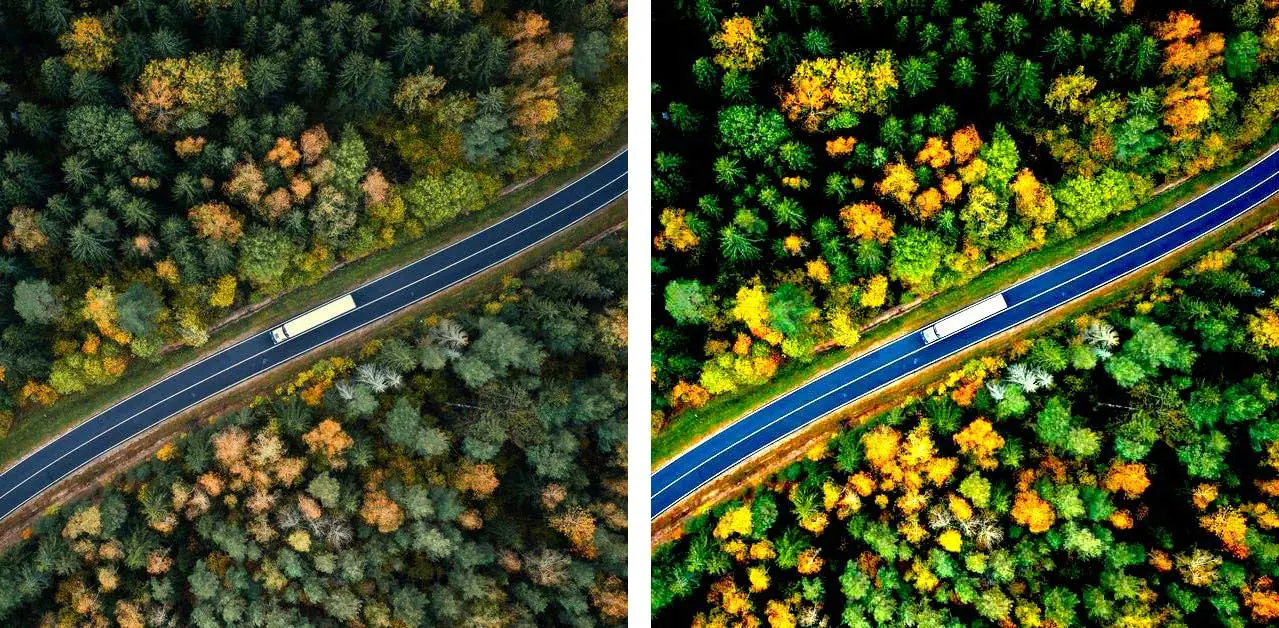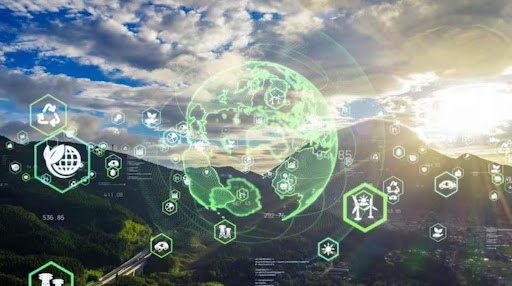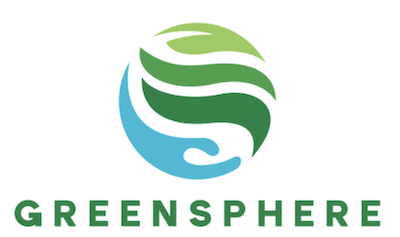Using AI-Powered Image Classification to Fight Climate Change

The Earth is groaning under the weight of climate change. Yet the scale often feels immense, leaving us wondering how we can really mitigate its impact.
Fortunately, a type of machine learning called image classification is now helping companies to track and address climate change. Such tools can analyze massive amounts of satellite or drone footage and automatically extract data about deforestation, glacier retreat, and endangered species populations.

Monitoring Environmental Change with Image Classification
Projects around the globe already use image classification to monitor and fix climate change, including:
Recyclability Tracking
Image classification can track recyclability of materials, allowing both consumers and businesses to quickly sort through items to determine whether they can recycle them. Such automation can help ensure that more items make it to recycling centers.
Deforestation Watchdog
In the Amazon rainforest, AI sifts through satellite imagery and pinpoints illegal logging and deforestation. This real-time information empowers authorities to intervene quickly.
Ice Watch
As glaciers retreat, AI tracks their shrinking footprints, using the data to predict future sea level rise. By analyzing changes in ice thickness, scientists can also create glacial melt models, guiding adaptation strategies.
The Ocean Cleanup Crew
Plastic debris pollutes our oceans, posing a dire threat to marine life. AI-powered classification can identify and map this plastic pollution, though, helping to target cleanup efforts.
These are just three examples. Classification AI is also used to track wildfires, monitor wildlife populations, and analyze urban heat islands.
Mitigating Climate Change with Image Classification
But monitoring is just the first step, and image classification also helps mitigate climate change’s impacts:
Precision Agriculture
Imagine an environmental engineering degree graduate, armed with drone footage, using image classification to better optimize crop health and minimize water waste. They can then use these insights to design irrigation systems that minimize soil erosion.
Disaster Planning, Not Disaster Waiting
Early warning systems for natural disasters can save lives. Classification models can ingest large environmental datasets in order to predict earthquakes, floods, and landslides. Such real-time alerts could give people time to evacuate.
Building Resilient Cities
Cities must be updated to withstand extreme weather events in the coming decades. AI can analyze urban landscapes, identifying vulnerable areas and suggesting where to put green spaces, heat-reflective surfaces, etc.
Carbon Footprint Detective
Identifying sources of carbon emissions can also inform mitigation strategies. Classification can analyze aerial footage and pinpoint industrial emitters, prompting teams to address the issue.
Building a Sustainable Future with AI
Although image classification is a promising way to tackle climate change, challenges remain.
GreenSphere launches our first recyclability tool. Just upload a photo, and we’ll tell you if it’s likely to be recyclable.
 Try our Recyclability Checker
Try our Recyclability Checker
Data Access and Privacy
Concerns about data access and privacy necessitate ethical frameworks. For instance, drones will naturally fly over private property. Is it okay for researchers to use that data?
Integration and Collaboration
Existing climate change monitoring systems must be integrated with AI solutions, but collaboration between researchers and tech companies could take time.
This partnership becomes even more critical in light of the recent Intergovernmental Panel on Climate Change report, which predicts Earth’s temperature could cross a crucial threshold within 10 years.
This urgency underscores the need for global collaboration. Governments must invest in R&D, incentivize AI innovation for climate solutions, and promote open data initiatives. AI/ML tech companies, meanwhile, have a responsibility to develop ethical AI, implement data governance practices, and ensure low to no cost access to the software.
Conclusion
Image classification is a great way to monitor and mitigate climate change, but everyone in the process - from governments to tech companies to researchers - need to work together to ensure it’s being used ethically, successfully, and accurately.
